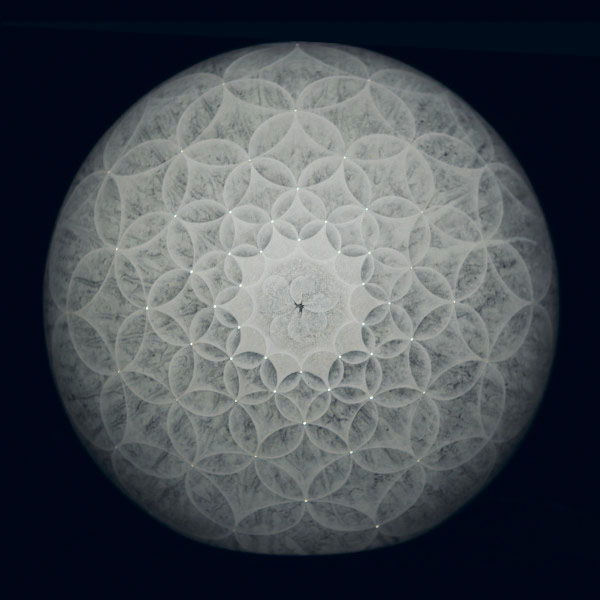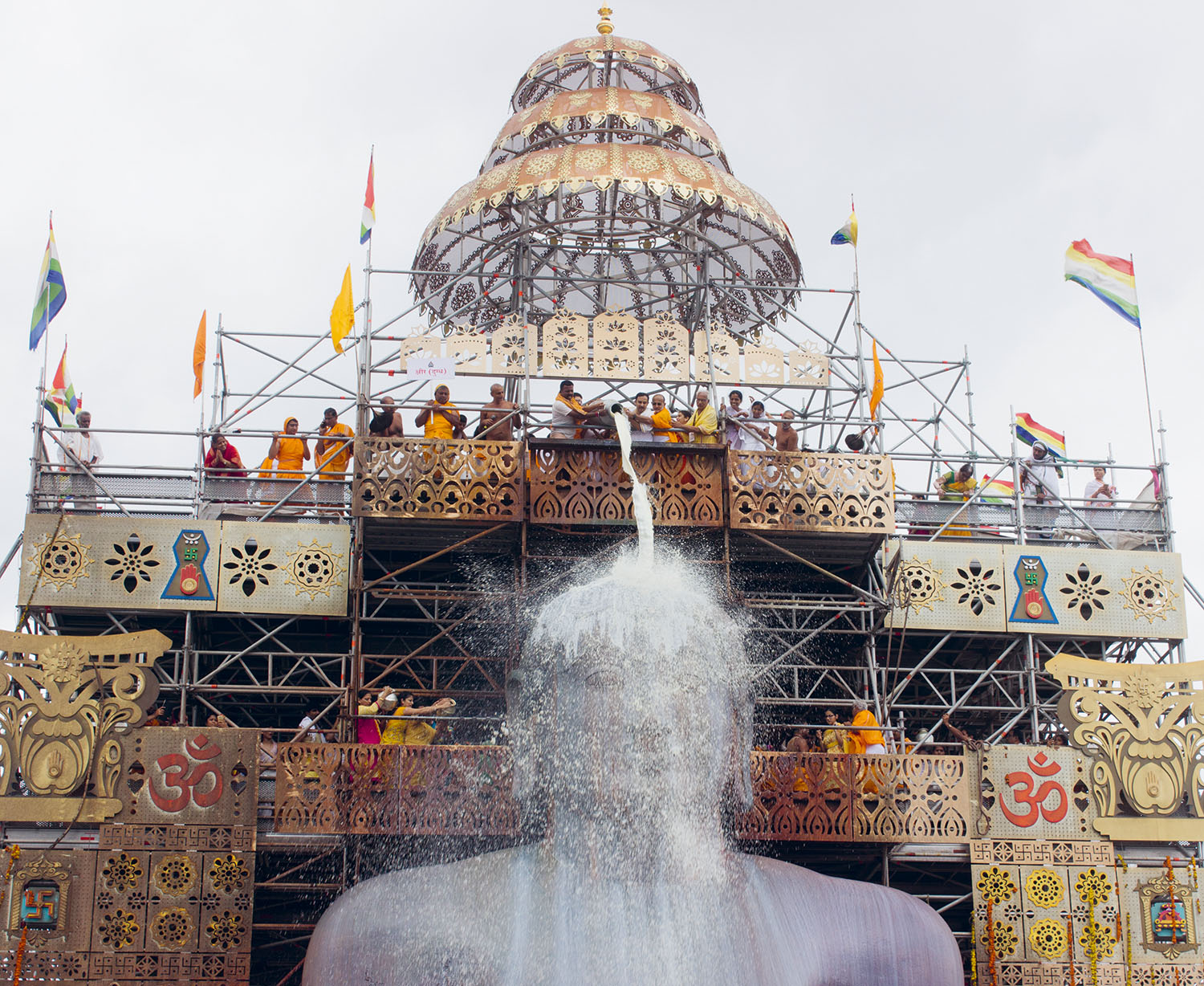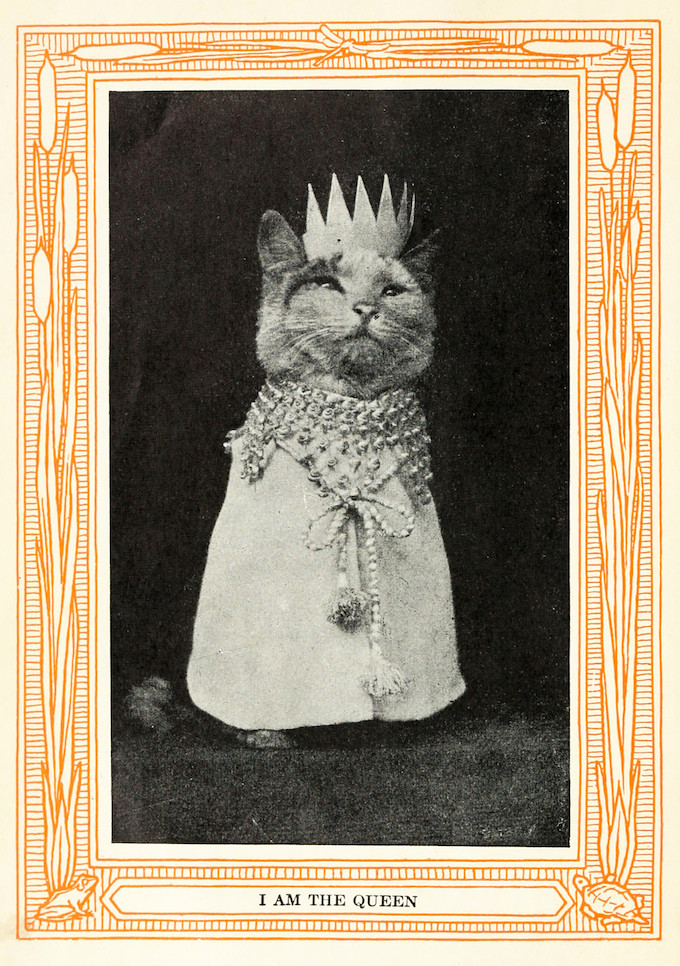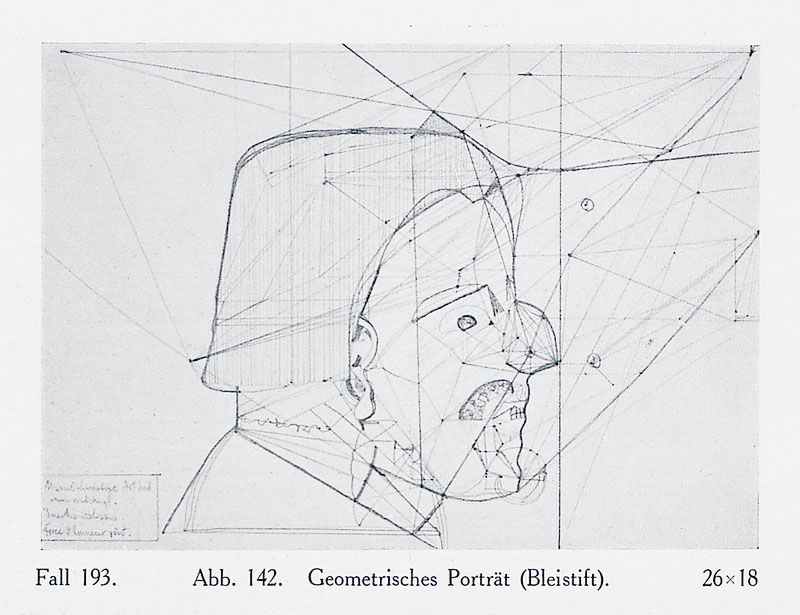
Health is a quality we typically do not consider unless we feel ill. Yet, we believe that for humanity to begin shifting consciousness we will first need to recognize how we can be more pro-active in living healthy lives.
Eating balanced meals made with unprocessed ingredients and getting the proper amount of sleep creates a solid baseline for wellbeing. Then we can advance even further by being mindful, sharing our thoughts and feelings, employing empathy, channeling compassion, and being kind in how we interact with each other and our environment.






